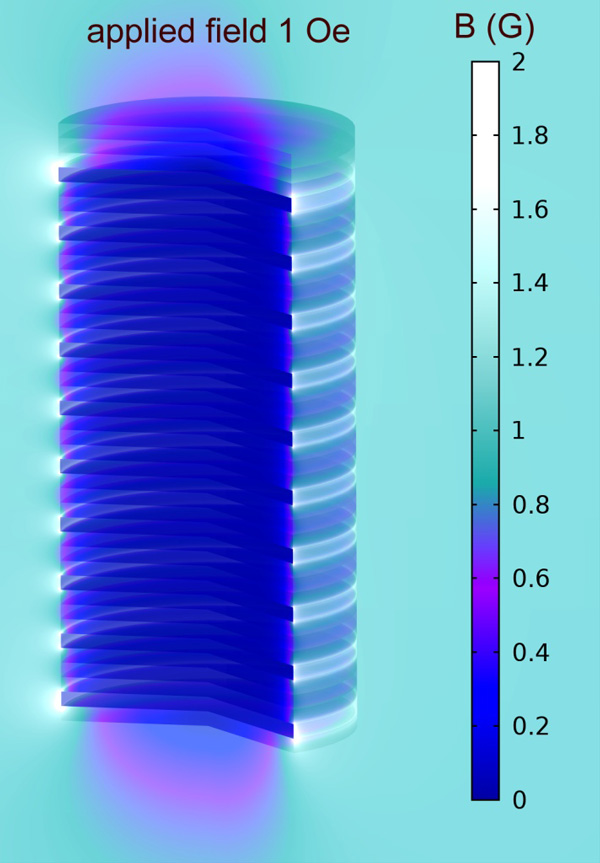PC7-1
Meissner-London State of Heterogeneous Superconductors
Dec.3 08:30-08:45 (Tokyo Time)
Ames Laboratory, Ames, IA 50011, U.S.A.1
Measurements of magnetic susceptibility are often used to estimate intrinsic quantities, such as London penetration depth. However, one must assume perfect sample homogeneity, which is not always the case. By performing the measurements in local (NV-centers) and integral (TDO) modes, it is possible to identify different length scales of the magnetic field penetration. Here I will describe the numerical investigation of heterogeneous samples consisting of thick layers of different strengths of superconductivity. London equations are solved using the finite element method in samples of realistic shapes different from ellipsoids. The analysis reveals some counter-intuitive results related to the effective demagnetization factors [1] and the spatial variation of local magnetic fields. In the end, I will provide practical formulas that relate macroscopic measurements of magnetization with the microscopic structure of the composite superconducting sample and London penetration depth. They can be used for more accurate estimates of the intrinsic parameters important for practical applications. [This work was supported by the U.S. DOE, Office of Science, Basic Energy Sciences, Materials Science and Engineering Division under contract DE-AC02-07CH11358].
[1] 1. R. Prozorov, V. G. Kogan, “Effective Demagnetizing Factors of Diamagnetic Samples of Various Shapes.”, Phys. Rev. Appl. 10, 014030 (2018).
Figure Caption: Three - Dimensional distribution of the magnetic induction inside and around a cylindrical sample of radius = 500 mm consisted of ten thick (100 mm) superconducting layers separated by a distance of 200 mm. London penetration depth is 0.2 mm. Note remarkably effective screening inside the empty space as well as inhomogeneous amplification of the magnetic field at the sample edge. The color scale bar shows induction B in gauss. The applied field is 1 Oe along the vertical axis of the cylinder.
Keywords: heterogeneous superconductor, London penetration depth, finite-element numerical
